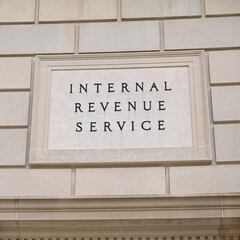What is a retirement plan, types and how do they work?
We explain what a retirement plan is, how many types exist and how they work, according to the United States Department of Labor and the ERISA law.

According to the US Department of Labor (DOL), the Employee Retirement Income Security Act (ERISA) covers several types of retirement plans .
A retirement plan consists of determining income goals for retirement and what it takes to achieve those goals. This plan includes identifying sources of income, evaluating expenses, implementing a savings program and the management of assets and risks. In addition, future cash flows are estimated to measure whether the retirement income goal is possible.
Learn about the types of retirement plans and how they work
ERISA covers two types of retirement plans: defined benefit plans and defined contribution plans.
Defined benefit plan
A defined benefit plan promises a specific monthly benefit at retirement. The plan may state this promised benefit as an exact dollar amount or a benefit that is calculated through a plan formula which considers factors such as salary and service. Benefits in most traditional defined benefit plans are protected, within certain limitations, by federal insurance provided through the Pension Benefit Guaranty Corporation (PBGC).
Most Americans do not save as much as they need for retirement. Congress is considering legislation that could help low-income worker save — but it has the opportunity to do even more. https://t.co/bqvspcXz9u
— Tax Policy Center (@TaxPolicyCenter) December 12, 2022
Defined Contribution Plan
A defined contribution plan does not promise a specific amount of benefits at retirement. In these plans, the employee or employer (or both) contributes to the employee's individual account under a plan, sometimes at a fixed rate, such as 5 percent of annual earnings. These contributions are generally invested on behalf of the employee.
Related stories
Ultimately, the employee will receive their account balance, which is based on contributions plus or minus investment gains or losses. The value of the account will fluctuate due to changes in the value of the investments. Examples of defined contribution plans include 401(k) plans, 403(b) plans, employee stock ownership plans, and profit-sharing plans.
You may be interested in: What are the new 401k and IRA limit increases for 2023 and how do they affect your pension?


